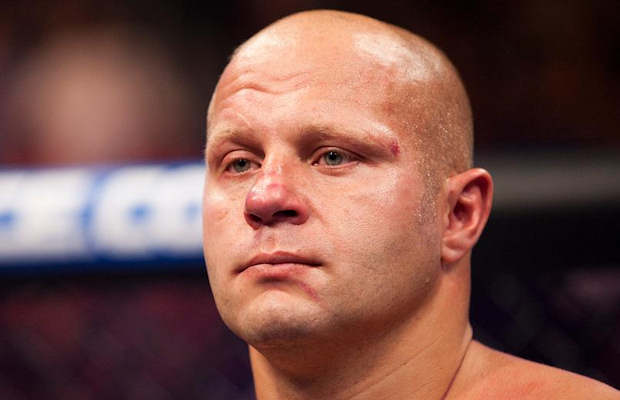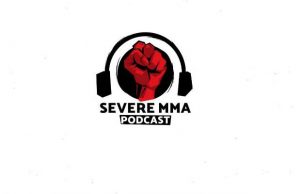

“The Last Emperor” introduced me to MMA; more specifically a YouTube video, containing an amalgamation of clips that depicted this Russian master at work. What caught my attention at first was the iconic moment Kevin Randleman employs a suplex, causing Emelianenko to crash headfirst into the floor below, his neck contorting in an uncomfortable manner. Despite being a seemingly obvious example of something that would hurt excruciatingly, Emelianenko rolls away, secures a position on top of Randleman, proceeding to unleash punches to his head until finding the correct position to submit him with a kimura.
Watching the full fight is an amusing spectacle; before the bout Randleman athletically jumps into the ring, his extremely muscular physique pulsating with nervous energy. Fedor, with minimal movement, ambles to the ringside, squeezing through the ropes, understanding that it would be unwise, with his almost podgy appearance, to attempt such athleticism himself. However, his demeanour is unnerving, as if he cannot comprehend what fear is. The expressionless and stolid face informs you that this man is not emotionally invested in the fight, but that also he is not giving in until the opponent is either out cold or submitted.
Fedors three consecutive losses, and the fact he didn’t fight under the UFC, seem to marginally impair his legacy. The news of his return in 2015, although yet to commit to a specific organisation, generates significant interest for both fans and doubters of “The Last Emperor”. Can he still mix it with the best Heavyweights in MMA, or will his return be short-lived due to significant ring rust?
The older men have found success in the UFC’s Heavyweight division recently, with the unlikely resurgence of Andrei Arlovski and Frank Mir, indicating that, twinned with his undeniable ability to fight, Emelianenko’s successful return is genuinely conceivable, even at the age of 38 and a considerable time inactive.
Whilst many will welcome the return of Fedor, including myself, fighters must recognise when it is time to call time on their participation in a physically and mentally strenuous industry. Minotauro Nogueira’s imminent retirement, after his unfulfilling loss to Stefan Struve at UFC 190, serves as a prime example of an elite combatant who has possibly remained fighting for too long at the highest level; no respect or admiration lost for Big Nog though.
Frank Mir, at 36, and four consecutive losses from 2012 to 2014, must have thought retirement was on the cards. Yet Mir had collided with great adversity before, being plagued by a motorcycle accident in 2004 that threatened to end his MMA career entirely. His knockout wins against Antônio Silva and Todd Duffee stabilised a faltering and floundering fighter, forging a path back to relevancy within the Heavyweight division. Mir is expected to face off against Arlovski at UFC 191 on September 5th.
Fedor Emelianenko is now a veteran of MMA, alike Mir and Arlovski, but has not yet returned to action, following his retirement in 2012. A career with a 29 fight undefeated streak means his legacy as one of the greatest MMA fighters ever lived cannot surely be questioned. His three losses merely convey to me that he is human, as everyone is capable of losing, and everyone does at some point. Regarding his eagerly anticipated return, what does Fedor possibly have left to prove?



